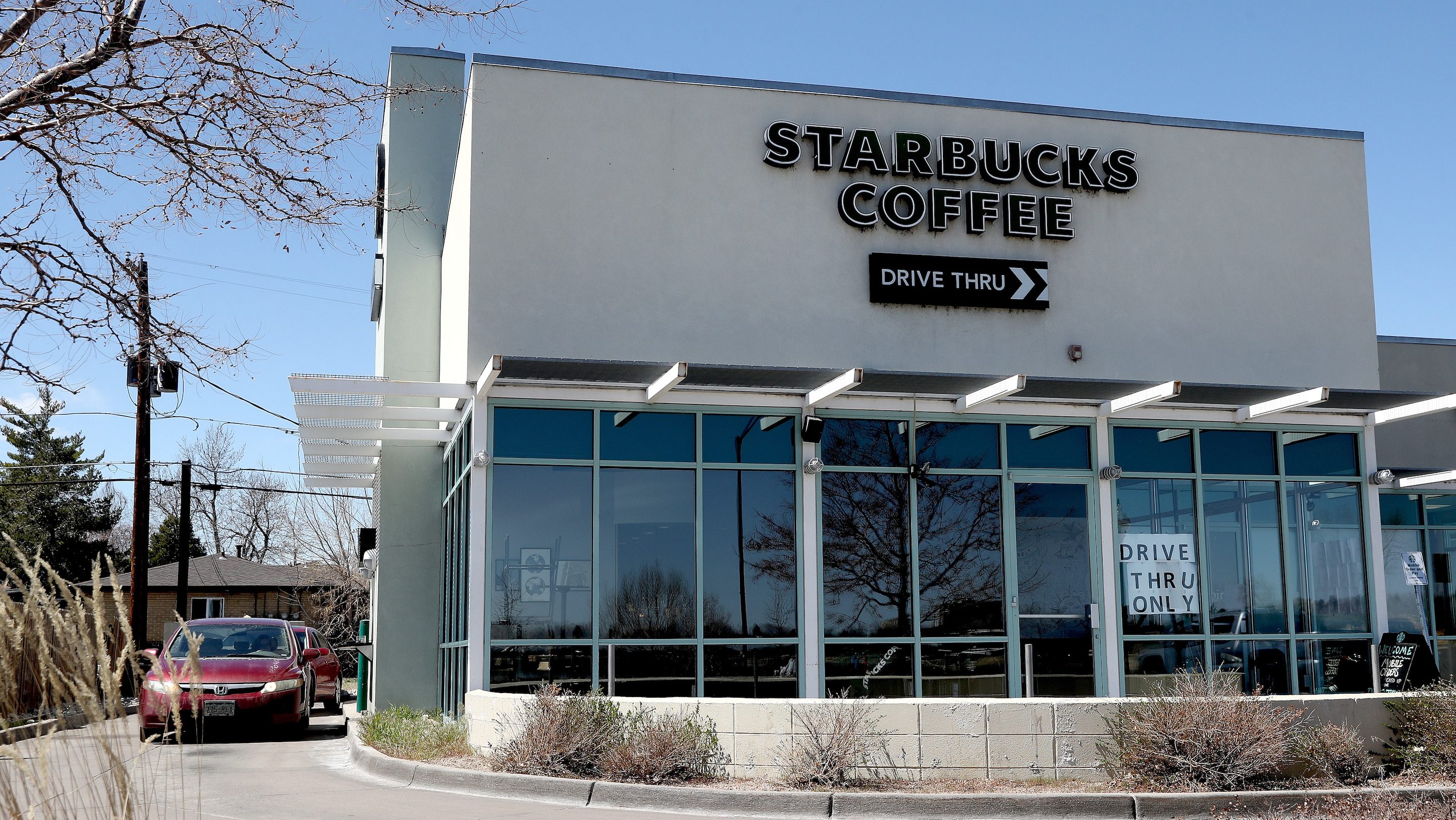Quest for the Holy Grail of coffee cups
Share Now on:
Quest for the Holy Grail of coffee cups
TESS VIGELAND: Are you one of the 30 million-plus people grabbing a cup of coffee at Starbucks every week, like me? Well if so you may have noticed that this spring a message appeared in very small type printed near the bottom of your cup. It says “Made with 10% post-consumer recycled fiber.” Starbucks spent 10 years getting that cup developed. It’s the first of its kind and even won an award from the National Recycling Coalition. With another tale from the Sustainability Desk, Sarah Gardner tells the tale of Starbucks’ long quest for the Holy Grail of coffee cups.
SARAH GARDNER: Once upon a time in the land of Starbucks, a very bad habit spread throughout the kingdom. They called it “double-cupping.” Starbucks’ loyal subjects wanted not one, but two paper cups so the steaming brew wouldn’t burn their hands. Trouble was, that meant twice as much garbage. And it was hard on the enchanted forests.
VICTORIA MILLS: The problem we saw was the overuse of paper and paper is a tremendously resource-intensive commodity to produce.
Victoria Mills of Environmental Defense:
MILLS: Its production uses a large amount of wood, water, energy, and generates pollution.
So Starbucks and Environmental Defense joined forces. They vowed to make a coffee cup friendlier to Mother Earth. After all, Starbucks patrons consume over 1.9 billion cups a year.
Starbucks threw down the gauntlet. It challenged designers throughout the land to submit their best ideas.
Some were duds, like the cup that crumpled when stacked. And there was the unbleached one that smelled bad. Another cup, that Starbucks actually tested in stores, had a recycled second layer glued onto the outside for insulation. But Starbucks’ loyal subjects still asked for a second cup out of habit.
Corporate Director of Environmental Affairs Ben Packard:
BEN PACKARD: It actually would have been a step in the wrong direction in terms of improving the environmental performance.
The competition failed to produce a winner. Starbucks started using those recycled paper sleeves but the cup was still 100 percent virgin paper. All those trees! So Starbucks asked its suppliers to take up a new crusade: Get the FDA’s approval for a beverage cup that contained recycled paper, not just on the outside, but the inside as well.
GEORGE MATTHEWS: We worked on this for about four years.
George Matthews is executive VP at Mississippi River Corporation, one of Starbucks’ suppliers. His pulp company had to prove to the FDA it was safe to drink from a recycled-content cup. That meant eliminating any potentially harmful substances from the high-grade office paper in recycled pulp.
MATTHEWS: The new regulations that the FDA had come out with required testing to be done to really infinitesimal limits. So we not only had to test to those limits but in many cases had to develop the test protocol itself, because it hadn’t been done before.
The FDA finally approved. Starbucks is now selling coffee in paper cups with 10 percent post-consumer fiber. Environmental Defense’s Victoria Mills is pleased:
MILLS: You save 11,000 tons of wood, which is about the equivalent of 78,000 trees, enough energy to supply power to over 600 homes for a year and enough water to fill over 70 Olympic-sized swimming pools.
And they all lived happily ever after? Well, not exactly. Critics say 10 percent recycled-content isn’t nearly enough and that Starbucks is pinching pennies.
Starbucks admits the cup is a conservative first step and cost is an issue but insists it first wants to be assured of the cup’s quality before going further.
I’m Sarah Gardner for Marketplace.
There’s a lot happening in the world. Through it all, Marketplace is here for you.
You rely on Marketplace to break down the world’s events and tell you how it affects you in a fact-based, approachable way. We rely on your financial support to keep making that possible.
Your donation today powers the independent journalism that you rely on. For just $5/month, you can help sustain Marketplace so we can keep reporting on the things that matter to you.


















